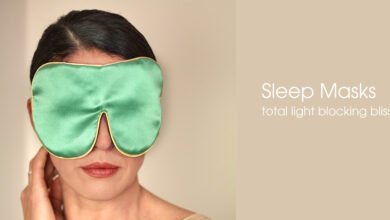Eyesight: Comprehensive Guide and 10 Strategies for Maintaining Optimal Eyesight.
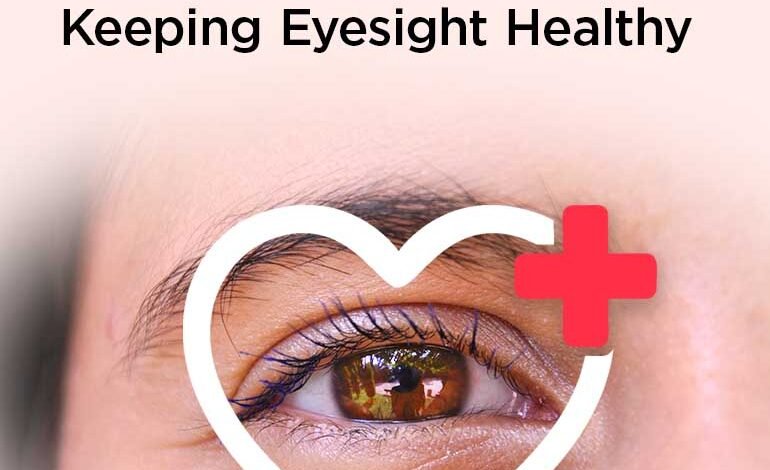
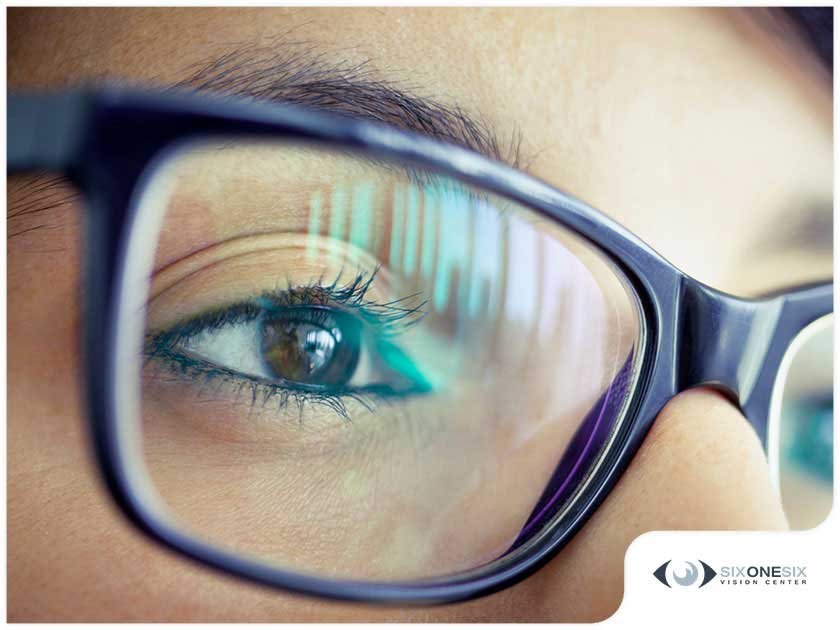
A Comprehensive Guide to Optimal Eyesight.
In our fast-paced lives, it’s easy to overlook the significance of eye care, yet our eyes play a crucial role in shaping our daily experiences. This article aims to provide a comprehensive guide on how to take care of your eyes and maintain good eyesight, offering practical tips that can easily be incorporated into your daily routine.
10 Strategies To Maintain Good Eyesight:
10 Strategies To Main Good Eyesight:
1. Regular Eye Check-ups:
Regular eye examinations are the cornerstone of maintaining good eyesight. Schedule comprehensive eye check-ups with an optometrist at least once a year. These exams not only assess your vision but also detect early signs of potential eye diseases or conditions.
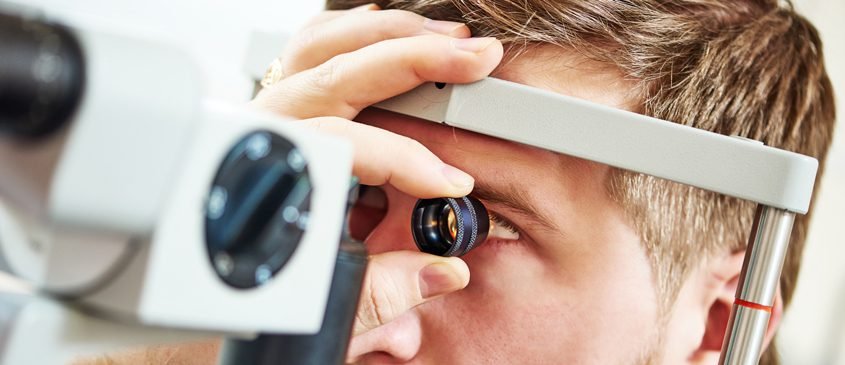
2. Balanced Diet for Eye Health:
Nutrition plays a pivotal role in maintaining optimal eyesight. Include foods rich in vitamins A, C, and E, as well as minerals like zinc and omega-3 fatty acids. Carrots, leafy greens, citrus fruits, nuts, and fish are excellent choices that contribute to overall eye health.
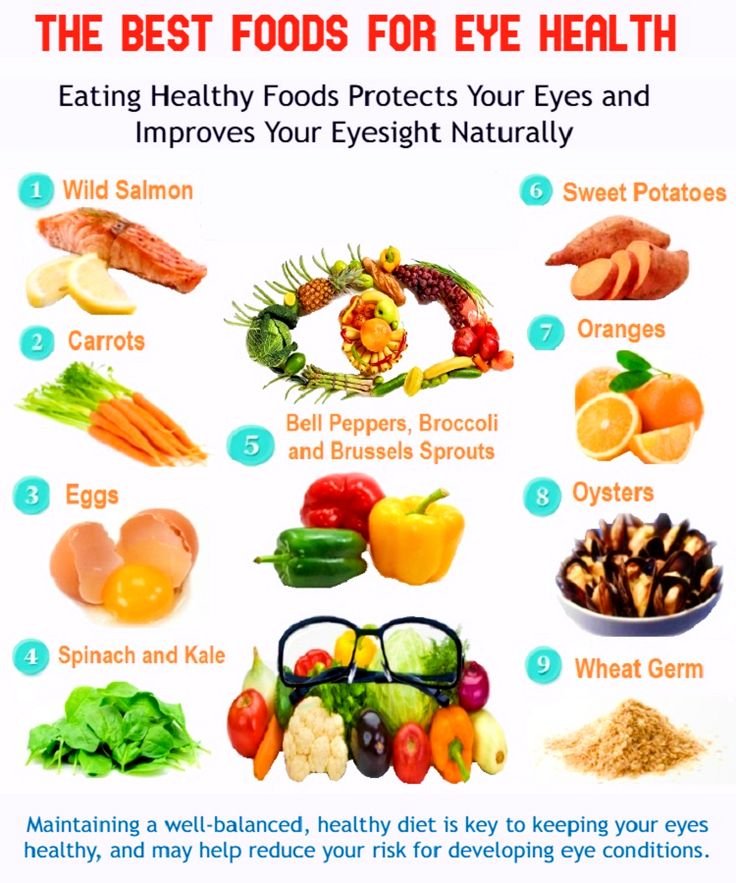
3. Stay Hydrated:
Proper hydration is essential for the health of your eyes. Dehydration can lead to dry eyes and discomfort. Ensure you drink an adequate amount of water throughout the day to keep your eyes well-hydrated and maintain optimal tear production.

4. Digital Eye Care:
In today’s digital age, prolonged screen time is inevitable. To reduce eye strain and prevent digital eye fatigue, follow the 20-20-20 rule: every 20 minutes, take a 20-second break and focus on something 20 feet away. Adjust screen brightness and position to minimize glare and reduce eye strain.

5. Protective Eyewear:
Shielding your eyes from potential hazards is crucial. Wear protective eyewear when engaging in activities like sports, DIY projects, or any task that poses a risk of injury. Safety goggles can prevent accidents and safeguard your eyes from damage.

6. UV Protection:
Prolonged exposure to ultraviolet (UV) rays can lead to eye damage, including cataracts and macular degeneration. Invest in quality sunglasses that block 100% of UVA and UVB rays. Wearing a wide-brimmed hat provides additional protection against direct sunlight.

7. Proper Lighting and Ergonomics:
Maintain a well-lit environment to reduce eye strain. Position your computer screen at eye level to prevent neck and eye discomfort. Adjust screen settings, such as brightness and font size, to ensure a comfortable viewing experience.
8. Adequate Sleep:
Quality sleep is vital for overall health, including eye health. Lack of sleep can result in dry eyes, blurred vision, and eye fatigue. Aim for 7-9 hours of uninterrupted sleep each night to allow your eyes to rest and rejuvenate.

9. Quit Smoking:
Smoking is linked to various eye problems, including cataracts and age-related macular degeneration. Quitting smoking not only benefits your overall health but also significantly reduces the risk of developing vision-related issues.

10. Stress Management:
Chronic stress can contribute to eye strain and discomfort. Incorporate stress-relief techniques into your daily routine, such as meditation, deep breathing exercises, or yoga. These practices not only benefit your mental well-being but also promote healthy eyes.
Prioritizing eye care is a simple yet profound investment in your overall well-being. By incorporating these practical tips into your daily life – from regular eye check-ups to maintaining a healthy lifestyle – you can ensure the longevity of your eyesight. Remember, taking care of your eyes is not just about clear vision; it’s about embracing a holistic approach to eye health that enhances your quality of life. So, let’s commit to nurturing our eyes, the windows to the world, and cherish the gift of sight.
8 Causes of Bad Eyesight:
In a world dominated by screens and constant visual stimuli, the prevalence of bad eyesight has become a widespread concern. The causes of poor eyesight are multifaceted, stemming from various factors that range from genetic predispositions to environmental influences. This essay aims to explore the diverse causes of bad eyesight, shedding light on the intricate web of elements that contribute to visual impairment.

1. Genetic Factors:
One of the primary determinants of eyesight is our genetic makeup. Inheritable conditions such as myopia (nearsightedness), hyperopia (farsightedness), and astigmatism can be passed down through generations. Individuals with a family history of these conditions may find themselves predisposed to developing similar visual impairments.
2. Age-Related Changes:
Aging is an inevitable factor that often brings about changes in eyesight. Presbyopia, a common condition among older adults, results in a diminished ability to focus on close objects. Additionally, the lens of the eye tends to become less flexible over time, leading to difficulties in adjusting focus, a condition known as presbyopia.
3. Environmental Stressors:
Prolonged exposure to environmental stressors can significantly impact eyesight. Extensive use of digital devices, inadequate lighting, and prolonged periods of reading or other visually demanding tasks contribute to eye strain and fatigue. These factors, if not managed properly, can accelerate the deterioration of eyesight over time.

4. Unhealthy Lifestyle Choices:
Poor lifestyle habits, such as an unhealthy diet and lack of exercise, can also play a role in the development of bad eyesight. Nutrient deficiencies, particularly in vitamins A, C, and E, which are crucial for eye health, can lead to various vision problems. Sedentary lifestyles contribute to obesity, which in turn is linked to conditions like diabetes, increasing the risk of diabetic retinopathy.
5. Exposure to UV Radiation:
Overexposure to ultraviolet (UV) radiation from the sun is a known risk factor for the development of certain eye conditions. Pterygium, a growth on the eye’s surface, and cataracts are among the issues associated with prolonged exposure to UV rays. Wearing UV-protective sunglasses can mitigate this risk.
6. Injuries and Trauma:
Physical injuries and trauma to the eyes can result in long-term damage, impacting eyesight. Foreign objects, accidents, or sports-related injuries can cause corneal abrasions, retinal detachment, or other complications that affect vision. Prompt medical attention is crucial in such cases to prevent permanent damage.
7. Medical Conditions:
Various systemic and medical conditions can manifest symptoms affecting eyesight. Diabetes, hypertension, and autoimmune disorders can lead to diabetic retinopathy, hypertensive retinopathy, and uveitis, respectively. Managing these underlying health issues is essential in preventing or mitigating vision problems.
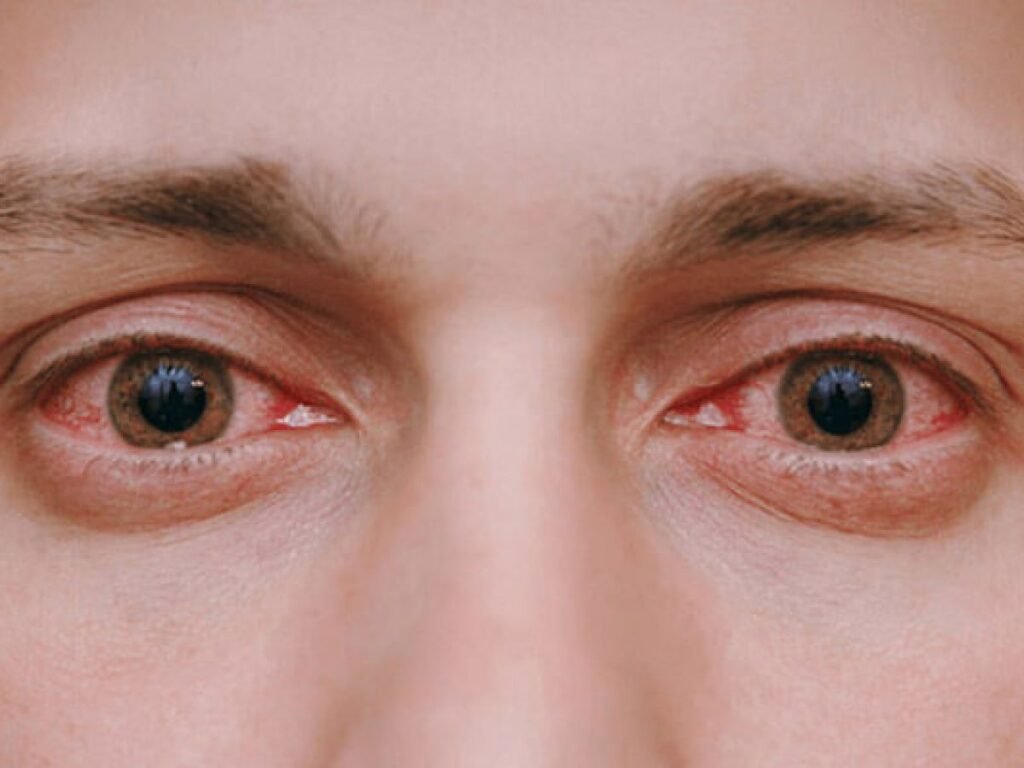
8. Medication Side Effects:
Certain medications may have side effects that impact eyesight. Prescription drugs, including corticosteroids, antihistamines, and some antidepressants, can cause changes in vision. It is important for individuals taking medications to be aware of potential side effects and consult their healthcare providers if they experience any visual disturbances.
In conclusion, bad eyesight is a complex outcome influenced by a myriad of factors. While genetic predispositions and age-related changes are inherent, environmental factors, lifestyle choices, and medical conditions contribute significantly to the deterioration of eyesight. Understanding these causes allows for proactive measures to be taken, emphasizing the importance of regular eye check-ups, adopting healthy lifestyle habits, and protecting our eyes from environmental stressors. As we navigate a visually intensive world, it is essential to recognize the interplay of these elements and take conscious steps towards preserving the precious gift of sight.






